|
I've had the honor and pleasure to teach fashion business (marketing and merchandising) courses for a number of years. I've not only taught fashion classes such as product development, retail buying, and merchandising...I also oversaw a staff of more than 27 full-time and part-time faculty and managed the academic growth of more than 600 students during my tenure as an academic director at the Art Institute of California-San Diego. I say all of this to say that I don't just enjoy helping to people realize their dreams or goals in life, but that I "love" being a part of a person's positive change...academically or professionally. Therefore, when the chance came to interview as a CAD Support Specialist for Gerber Technology I was excited and determined to ace this opportunity. My thoughts were...this position was tailored-made for me as "now" here was a job which would allow me to employ both my teaching and apparel skills. I couldn't wait for my demo interview...there was just one or two tiny hitches.... As I've outlined in my portfolio, my expertise is in product development and production. Let's just say from my prior industry experience, I am most comfortable managing line sheets than a cutter's must or updating PLM rather than modifying a pattern in PDS. ....And this dream job opportunity required me to be able to give a pattern design demonstration using a CAD software...oh boy. No problem...as I've outlined in my resume, "accepts responsibility and will execute" and so now it was time for me to figure out how I was going to successfully execute this demo. I did not have access to AccuMark or any other apparel CAD software, but I did know, from my research, that I could use Adobe Illustrator to create a pattern and so that's what I did. I taught myself how to a.) use Adobe Illustrator for patternmaking and b.) how to make a front bodice pattern. In addition, I created a powerpoint presentation (see below) to reinforce the information I presented in the demonstration.
I loved the challenge and through grit and grace, was able to impress the hiring team enough to be offered the position and have enjoyed working and learning with Gerber's customers. I have not only learned how to use AccuMark Pattern Design, in addition, I train customers with marker making, nesting, and 3D...and continue to hone my skills with alterations, made-to-measure, and our planning software, as well as, Yunique PLM. 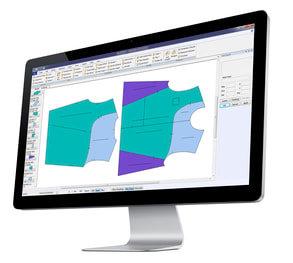 This position has yielded me the opportunity to train and consult with a wealth of apparel customers insuring that each customer finishes a training or sales demonstration with not only the mechanics of the software, but also with the best practices and strategies needed to effectively adopt and implement the software from either an individual or organization perspective. If you are interested in more information about Gerber Technology's CAD or PLM software then be sure to visit their website or take a moment to watch the video below.
0 Comments
As I've indicated in other posts, I understand the importance of strategy and planning. In particular, the importance of having the right tools to manage development and easily communicate updates. These tools serve as a common language for cross-functional teams (domestic and abroad) to use to insure everyone is on the same "page" and a clear mutuality of goals have been established. These tools can serve as a database; help in creating timelines for development and production; keep a record of changes which occur in the development process; provide costing information; as well as provide reporting across teams and to upper management. We can't do our job without these tools or at the very least our "best" job is hampered without the use and management of various development and production tools (Excel, PDM, PLM, ERP, etc.). But this post isn't really about all that...take a look at strategy and planning for more about how I've used these tools to manage various functions in the product development process. The purpose of this post is to highlight my sales presentation skills. A couple of years back, I had an opportunity to interview with a company that builds all sorts of applications to help companies plan and manage their development or production supply chains. The company was looking for a product manager experienced in product life cycle management. An individual who would be able to interface with different fashion organizations to help design product life cycle software that would be responsive to the specific needs of the firms as well as build symbiotic relationships with these companies in order to develop new software or upgrade existing software. As well as interfacing with potential and current clients, the product manager would also work closely with technical, sales, design, and marketing teams in managing timelines and communicating clearly to teams specific customer needs or requirements. I was asked to create a sales presentation that would be used to help sell the company's PLM software to potential customers which explained what was PLM and how PLM could potentially be used to improve a company's supply chain planning and ultimately improve margins. The goal of the presentation was to convince fashion companies that the expense and time requirement to implement a PLM system was integral for their organizational structure.
The overall response to the presentation was positive, but the technical team wanted someone with a more technical emphasis. My presentation, in their opinion, was too marketing focused...the position was offered to someone else. Yes, a disappointment...but I love the research and development involved in sales presentations; I enjoy crafting a message based on research that is responsive to the specific customer's needs; shares relevant information; bridges gaps in understanding; creates a bigger picture; and ultimately sell the product. Product that our customer is confident will contribute to the success of their company and reflect the wants or needs of their final consumer. Our business is a global enterprise. We are an interdependent supply "chain" relying on each other to insure businesses involved in the chain are successful and profitable. Therefore, when it comes to planning, careful consideration has to be made in terms of timeline development. It is important to understand lead times. For example, how long would it take to receive a color dip for approval from an overseas office or how much time would typically be required to make small versus large revisions to print paperwork? Timing is everything in our business; time lost due to poor planning from the development side can result in customers having to take deeper markdowns than initially planned or the producing company bearing the cost of late goods with air shipments. These scenarios can easily be avoided by not only making sure timelines realistically reflect lead times, but also by proactively managing changes in deliveries and approvals as they occur within the development process. As changes occur, and changes will happen, one has to be prepared to quickly communicate these changes and develop alternatives which will help keep development and/or production on schedule. This is why merchandising calendars are typically a starting point in the development planning process. The merchandising calendar serves as a both a guide to keep me on task as well as to help insure cross-functional teams are clear on and working within the established timelines. Please click on the file below to review a representative merchandising calendar. The attached product development merchandise calendar has been saved as a pdf file, but I will be happy to provide the original excel file complete with formulas during a scheduled meeting. In the spreadsheet, I've included established lead times in the formulas so as the approval dates on the top line change, then the dates adjust for all other development and production functions.
In addition to creating tools like the product development merchandise calendar, I will also develop spreadsheets such as the ones below which can help me to track multiple lines in development or production. I am able to quickly review and share (as needed) the status of individual products as well as anticipate and assess problems that may be impeding the completion of development or production sample. These charts have typically been co-authored and managed with overseas teams to establish open lines of communication in the development process as well as help highlight areas of focus and/or improvement. In addition to Excel, I am also familiar with different types of PLM software developed by Lectra and VisualNext as well as PDM systems custom designed by Gerber and ERP systems like AS400 and WinFashion for planning and production. Technology is great, but not every organization I've worked for is willing or able to afford product management systems. The truth of the matter is that most of the reporting systems incorporated in these programs rely on the same or very similar concepts involved creating Excel spreadsheets. Therefore being able to track development and production using Excel spreadsheets is an important skill set as it gives me the flexibility to manage product development functions in a way that best fits the organization. The files attached are a couple of examples of spreadsheets I've created to help manage product development and approvals. These spreadsheets have often been used in conjunction with merchandise planning calendars as product management tools. Tables and charts can be created from the information to quick share with cross-functional teams, customers, and/or upper management.
Technical knowledge is definitely an important part of cost negotiations; understanding how much components cost as well as labor, shipping, and/or duty costs (if applicable) are the basic components to creating costs sheets and establishing baseline costs. Baseline costs that will be used to determine if development product is in line with margin goal and will meet the buyer's cost expectations. Once base costs are established, then the fun starts for me. I love working with cross-functional teams as well as overseas partners to figure out how we can lower the base cost. Do we need to see if we can save on cost by revising the specs or technical aspects of the garment? Can we change from a flap to a welt pocket and still maintain design integrity? Maybe if we change the zipper brand or type, we can save some money? Is there a more competitive factory we can book this program and still maintain quality and lead times? Are there minimums we can book for other programs to offset development and/or production costs? The possibilities are endless and requires the cooperation and feedback of the various teams (design, merchandising, sales, buying, and production) involved as well as developing relationships with vendors that are transparent, built on trusts and mutual goals. We all understand satisfied customers are good for all respective businesses involved in the supply chain.
The attached cost calculator template has been saved as a pdf file, but I will be happy to provide the original excel file complete with formulas during a scheduled meeting.
It's been said, "Teamwork makes the dream work." It's true, It takes a team to translate a design, a creative idea, into a product. The vision begins with design and is carried forth with merchandising and sales to be completed with product development and production. This is why a technical understanding is a critical part of making the dream work. Everyone has to both understand the individual pieces as well as how the whole will work. We all don't have to be able to execute each of these individual pieces (otherwise what's the point in a team?), but we do each have to be able to support the next stage in product development. I love being able to support the team's creative vision with tools such as bill of materials and/or tech packs. I know once I've finished outlining the technical details of the design, we have a tool we can now use as a reference point for costing and negotiation; developing sales and creative samples; for fitting and checking specs; as well as cataloging approvals (color, fabric, trim, and specs). I know that once we move into this stage, we are that much closer to being able to build and ship product to our customers...and that's really what the dream is all about. Below are examples of a bill of materials created for Carter's exclusive brand with Walmart, Child of Mine as well as a technical package created for sampling and development for JCPenney's private label outerwear brand (Arizona).
SGA, 2002-2004
I love when a plan comes together. This is never more evident than with a company's line plan. Once the designs for a program have been finalized...sign off from design team (yay!); sign off from merchandising team (yay!); and sign off from sales team (check!); then the line is past off to the product manager to create the line plan. The line plan becomes the holy grail of the program to be used by sales to help sell the line to the customer as well as used by internal teams as a point of reference. It's going to answer questions such as wholesale price points, fabrication, and scheduled delivery. It holds a record of the latest and greatest design, merchandising, and/or sales changes As the product manager, I was responsible for creating the line plan for sales presentations as well as the plan was kept current. The Child of Mine seasonal developments consisted of a total of 4 lines plus 2-3 end cap line developments depending on the season. Carter's 2004-2007
Working as product manager for the Walmart account, Child of Mine, was a great opportunity for me. I was given the responsibility to help insure development and production for the largest retailer in the world...who wouldn't be excited and humbled at the same time? I've worked for large accounts in my previous positions (Target, Macy's, JCPenney, and The Gap to name a few)...nothing new there. What was new is the breadth of responsibility I would be given to insure the success of one, albeit major, but one account. The success of this program largely rested on my shoulders...sure there were many other individuals involved in this brand's success, but honestly, the buck stopped with me. I was willing and able to accept the challenge ahead me. Along with the sourcing manager, I developed the seasonal merchandising calendars to insure on-time delivery of samples and final production. I approved fabric, trim, color, and art. I managed on-time sampling and production approvals as well as worked with marketing on packaging approvals and wall sets. I took on the challenge...and I loved every minute of it. The line truly became a child of mine and the teams were like my extended family. I learned a tremendous amount from this family of experts. It was at Carter's where I gained a deeper understanding of print development as well as a better understanding of the intersection between marketing (in terms of research and communication) and packaging design. I now understand that packaging design isn't just about aesthetics, but it has to be functional both in terms of the customer and the final consumer...especially when creating a line that is going to be set and sold on a brandwall. Design is a creative process and product managers work really hard to respect, understand, and own this process by insuring the completed line maintains design integrity and meets company goals (quality, cost, and delivery). The pictures below are examples of product that was developed for Carter's Fall 2007 brandwall set for Walmart's exclusive brand, Child of Mine. "Change is not only expected; it is a part of the creative process. I am the gatekeeper of this change, responsible with ensuring the customer receives the "story" the design and merchandising teams intended...a story crafted based on the guidance and interests of the customer." Carter's 2004-2007
One of the many responsibilities I enjoyed while working at Carter's included working with the design and art teams to prepare print artwork for sales meetings, sampling, and final production. I loved the creative process involved with print development including reviewing print layout, checking elements, confirming repeat, and insuring screens were within planned cost margins. As Child of Mine was a price-conscious brand then the standard rule was no more than 8 screens. The print paperwork below is a small representation of the work involved with creating, selling, and producing this line. Each color in the print had to be approved both by me and the Walmart's PD teams before we could move ahead with sampling and/or production. These colors represent a small fraction of the roughly 50-75 seasonal colors selected by design and merchandising teams and then passed to the product development and sourcing teams for development and bulk production once final approval was received from Walmart. As product manager, I owned the print paperwork...meaning once signed off by design and merchandising, then I insured the copy on the print paperwork was correct. If not, then I needed to fix the copy. I am comfortable making quick typed adjustments on Illustrator such as fixing the style number, print number, fabrication, color name or number, etc. This skill set allows the artists to focus on...the art...and helps keep the design/development process moving. "It takes a supply chain but I hate the word chain primarily as it neglects to acknowledge the reciprocal and symbiotic relationship required in a successful supply "chain." Speed and accuracy is always my focus as product manager as this paperwork will be used on design boards for sales presentations, heat transferred into sample fabrics for brandwall setups, and passed on to sourcing for final production. Making sure the customer gets exactly what they want is part of my ultimate goal as I truly believe everyone (sales, merchandising, design, pre-production, production...and most importantly, the customer) wins when we keep the customer first. We create strong customer relationships which can help to grow our business. Carter's 2004-2007
The Riot Games' League of Legends SMU program demonstrates why I love working in product development. Riot Games is a successful video gaming company. One of their most successful video games is League of Legends. Riot Games wanted to create a premium hoodie line for its customers. The company had noted that their competitors were selling video gaming hoodies and Riot Games did not want to miss out on the sales potential gained by providing their very loyal customers premium game-inspired hoodies. Great idea...but there was just one problem...how to create and produce these premium hoodies in the short time to be ready for debut at their World Tournament Games launching in October. It was May...and they only had a rough concept of what they wanted their hoodies to look like.
I was successful in helping to develop a concept that could be produced within Riot Games' tight time frame. In fact, we were so successful, Riot Games increased their initial orders for the program as well as added two additional hoodie styles. A junior's League of Legend hoodie and the glow in the dark Thresh hoodie. We were able to give their customers glow in the dark hoodies and metallic-like hoodies in time for the World Tournament Games as well as make strong margins on this product. We all worked hard and delivered on our promise to Riot Games...great product, great price, just in time. In the process we not only gained in sales, units, and skus...we also gained a stronger customer relationship with Riot Games. The Riot Games' League of Legends hoodies represent what happens when strong, transparent partnerships are built between sales, design, and product development teams. Hybrid Apparel, 2012-2015 |
Jaye BrownProven Change Manager ArchivesCategories |
||||||||||||||||||||||||||||||||||||||||||||

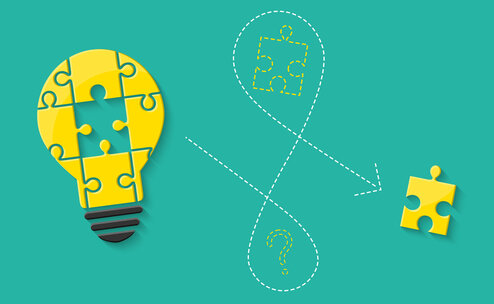


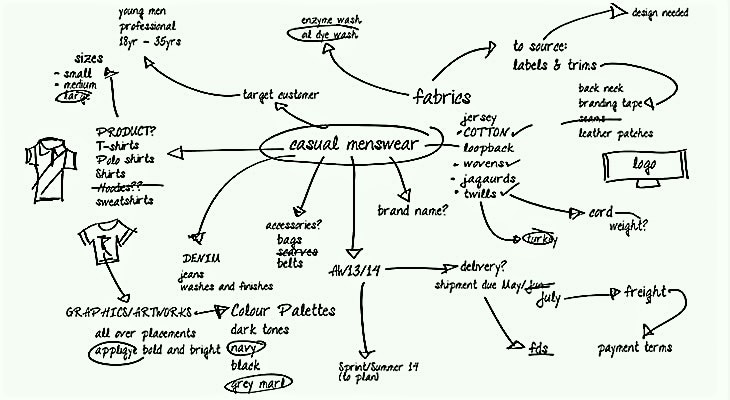
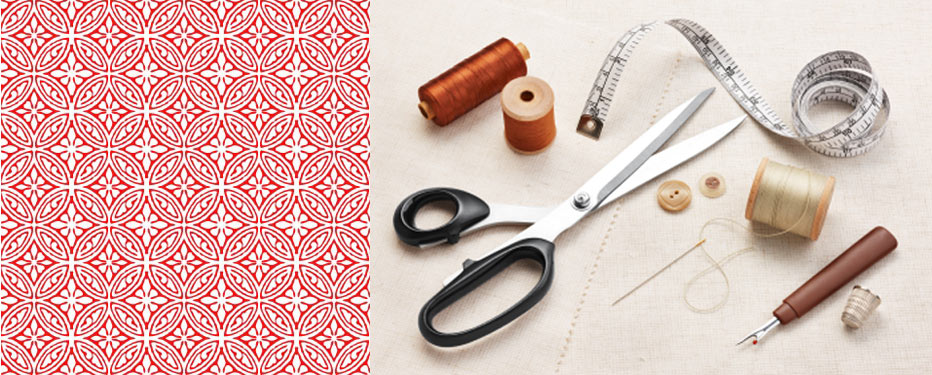

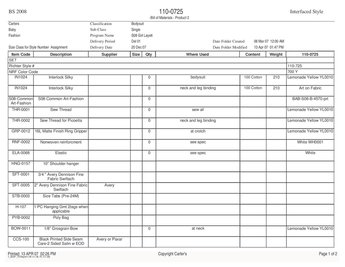
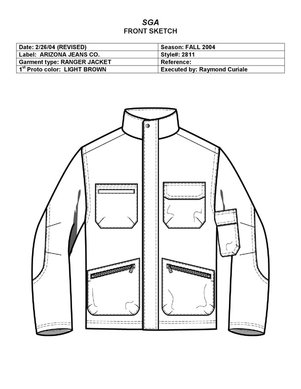
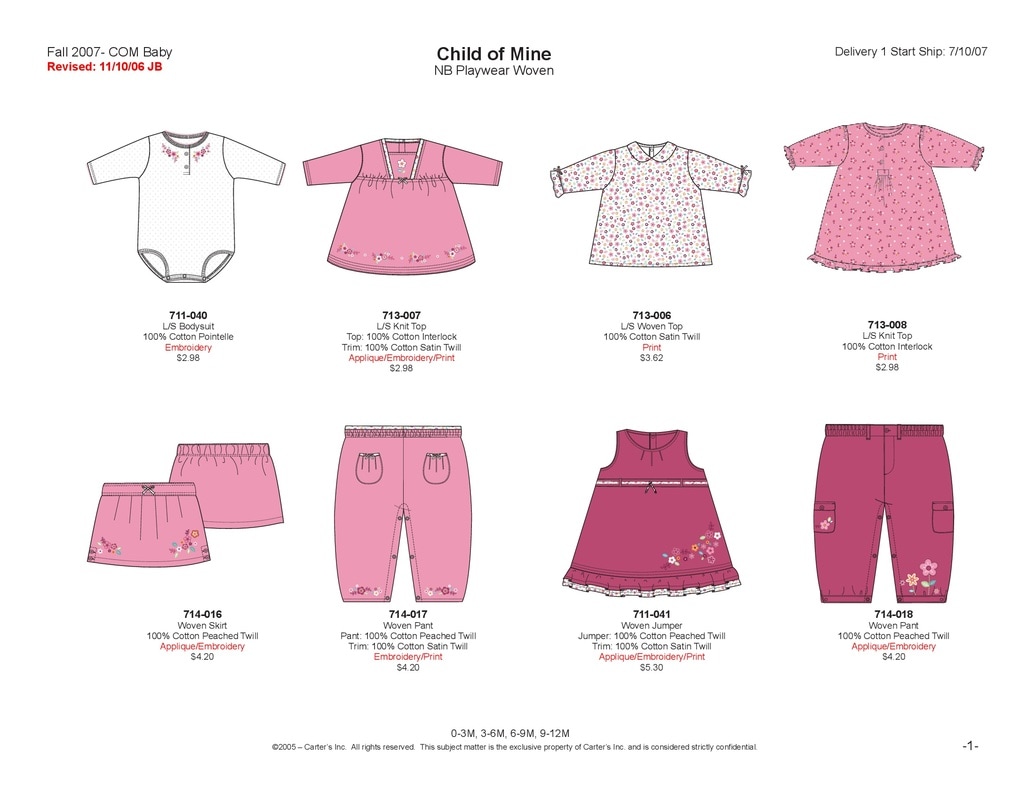

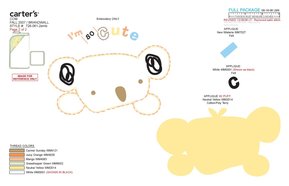
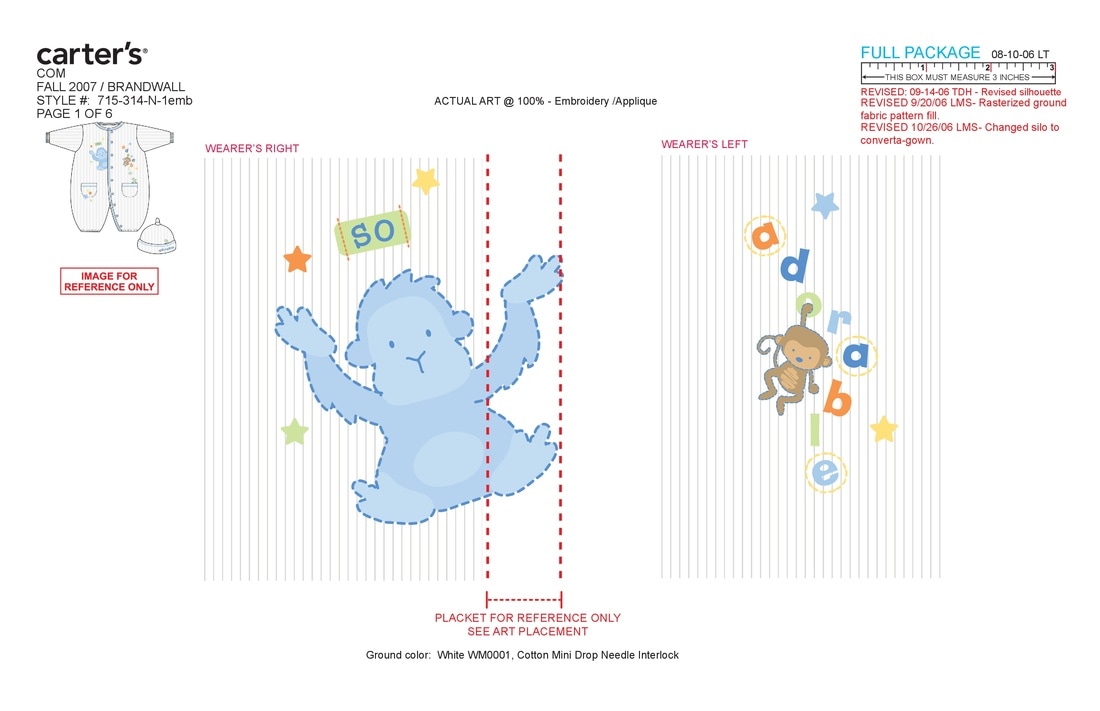
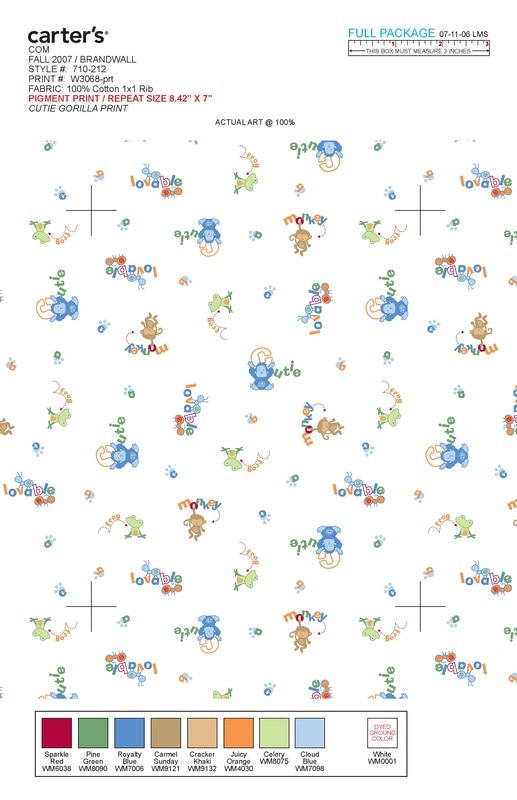




 RSS Feed
RSS Feed